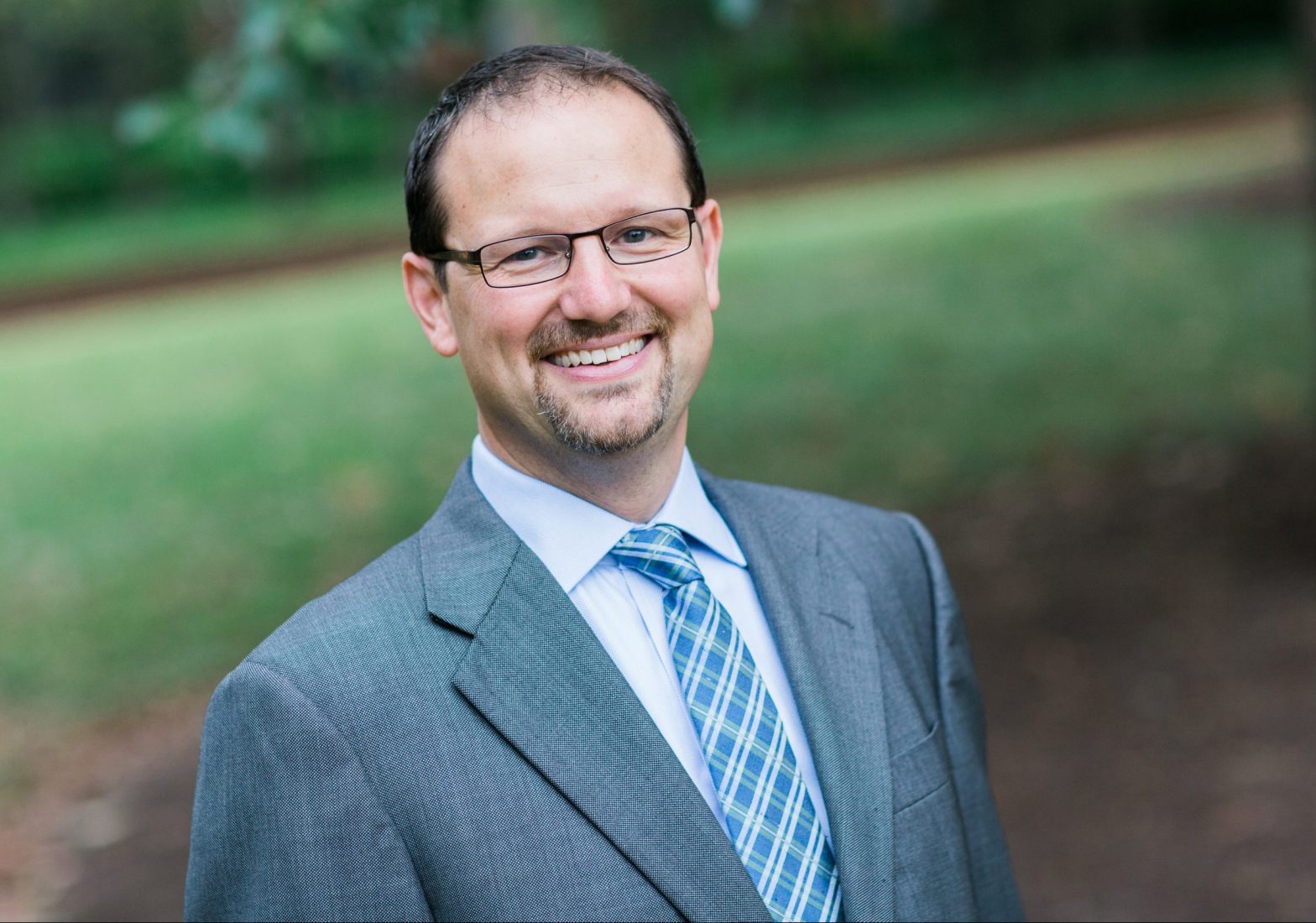By Ezra Maille
Julie, a 21-year-old UVA student, was at a bar with her friends when she was physically assaulted. A stranger grabbed the baseball hat off her head, and when she attempted to get it back, he struck her in the face, before fleeing the scene and being apprehended by university police.
After the incident, Julie, who asked that we not use her real name, was referred to the Albemarle Charlottesville Restorative Justice Diversion Program as an alternative to prosecuting her assailant.
According to Tarek Maassarani, the program’s advisor, restorative justice functions as an alternative to the criminal justice system, operating through an agreement with the city and county. Attorneys bring the cases and, along with three coordinators, Maassarani assigns those cases to a pool of facilitators who help harmed and harming participants come to a resolution.
“It’s meant to address the sort of root causes of the harm in the first place,” says Maassarani. “Things that would prevent future harm. It’s meant to address the needs of those who’ve been harmed, what would repair their harm.”
The program operates with a memorandum of understanding between the commonwealth’s attorneys, the city, the public defender’s office, and the coordinators, allowing participants to speak with attorneys and facilitators freely without worrying that what they say may be used for subsequent prosecution. Once a case has been completed, facilitators bring it before the court to dismiss the charges.
Maassarani works as a visiting professor at Eastern Mennonite University, and also teaches law at Georgetown University, where he met Joe Platania, Charlottesville’s commonwealth’s attorney.
“The traditional model of prosecution is all centered around, appropriately so, the rights of the accused,” says Platania. The victims are “sometimes left feeling revictimized, sometimes retraumatized. Restorative justice turns that on its head a little bit.”
Shannon Neal, an assistant commonwealth’s attorney for Albemarle County, worked to secure funding for the program with EMU and Platania, who contributed $18,000 from his own agency. Neal says restorative justice offers a more humane approach than most criminal justice solutions.
“Is it something that involves some harm where someone could make something right and there’s an actual human involved?” Neal says. “And is that person open and interested in a process like this?”
In Julie’s case, she found it beneficial to meet with her offender. She says while restitution was important, once she met him, she understood he just made a mistake. With this in mind, she sought a resolution addressing his issues with masculinity and anger management with the help of the program.
Maassarani says restorative justice isn’t new to Charlottesville, adding that the practice has Indigenous roots, exhibited in practices of Native people throughout history.
When it was first introduced in the early 2000s, the program didn’t offer everything facilitators hoped. Limited funding, limited referrals, and the program’s narrow focus on youth cases resulted in its collapse, according to David Saunier, a facilitator for the program with extensive experience in restorative justice.
“The criminal justice system is all about the offender,” Saunier says. “Restorative justice is much broader, about the community, community health and wellbeing and what are the needs of the victims.”
An evolving political climate coupled with support from the commonwealth’s attorneys has been instrumental in the successful resurgence of the program. Additionally, the new model approaches restorative justice through a wider lens, something Saunier says is crucial to the practice.
“The last five years in our country have been tumultuous,” says Saunier. “August 12 in Charlottesville. George Floyd. There’s been just a significant number of cultural shifts and things that have taken place that have changed the landscape, and I think it provided an opportunity.”
Maassarani says the new program’s efficacy can be traced to these changes as well as the evolution of modern restorative justice. Currently, the program has no specific criteria for eligible cases, leaving it in the hands of the attorneys.
“We’ve mostly had adult cases,” Maassarani says. “It’s not limited to misdemeanors or what would be considered minor offenses, and that tracks the larger growth and acceptance of restorative justice on handling serious harms.”
For instance, Maassarani says resolutions could include attending AA meetings, paying off medical bills, or attending an anger management course. The process and agreement remain completely in the hands of the participants and require a consensus to move forward.
Julie’s case was resolved through her assailant’s participation in a mentorship program and fostering dialogue about masculinity. Restorative justice allowed Julie to see the man as a person and how the incident affected his life, something she says the criminal justice system neglects.
“We know that our criminal justice system is deeply flawed,” says Julie. “Restorative justice can be associated with a softer approach, a weaker approach. What I would like people to think more about is who has autonomy in the situation, who has agency.”
The program, being in its early stages, has so far completed 18 cases. Maassarani says the program has four active cases and two on pause due to the sensitive nature of the incidents.
“We’re looking at prosecution being the diversion and restorative justice being the default,” says Maassarani. “When restorative justice doesn’t offer, for whatever reason, a satisfying option, then there would be prosecution.”
